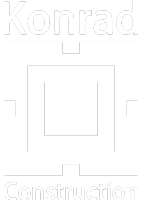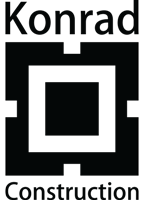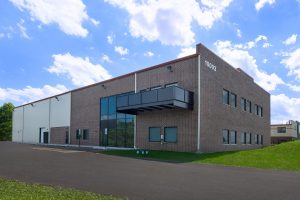Medical office building requirements are unique compared to standard office buildings because they address safety and functionality in different ways. A medical office must be compliant with specific federal, state, and local building codes to remain open. They also must provide ergonomic and functional space for the medical practice, which often requires amenities such as clinics, X-ray rooms, and labs.
Some key requirements for medical office construction include:
1) Compliance with specific building codes – Medical offices must be designed specifically to meet the demands of the healthcare industry and comply with a variety of federal, state, and local regulations. This can include requirements for safe egress and emergency preparedness, as well as specific acoustics and lighting conditions.
2) Functional space – Medical offices must be designed to provide functional space for the medical practice within the building. This can include a variety of amenities such as clinics, X-ray rooms, and labs.
3) Ergonomic design – Medical offices must be designed to maximize the comfort of patients and staff. This can include provisions for movable furniture and adjustable lighting.
4) Interconnected spaces – In order to provide seamless coordination between different areas of the office, medical offices should be designed with interconnected spaces. This helps to minimize the number of access points and gives patients a more streamlined experience when visiting the office.
5) Comfort for patients – Patients should be comfortable in the environment they encounter while attending medical appointments or treatments. This can include provisions for adjustable furniture, calming colors, and soothing sounds.
Given these specific requirements, it is important to consult with an architect or other design specialist when designing a medical office building. They can help ensure that the space meets specific requirements and provides a comfortable environment for patients and staff.
Let’s look at five additional must-haves for medical office construction.
1. Technology
The medical office may be the last stop for many patients, but it can also be one of the most technologically advanced areas of a healthcare facility. Technology should play a major role in all aspects of medical office design, from hardware and software to business processes and technology infrastructure.
From the small and obvious things like computers, fax machines, telephones, and copiers, to the more esoteric devices such as CT and MRI machines, a well-designed medical office should rely on the latest technology. Special attention should be paid to ensuring that all systems are compatible with one another and can operate reliably under pressure.
2. Anti-Bacterial Materials
Due to the inherent risk of infectious disease, it is essential that any medical office be designed with antimicrobial materials in mind. A well-designed facility should use carpets and wall coverings made from anti-microbial fabric material, as well as furnishings and equipment made from materials with antimicrobial properties.
Additionally, all air-conditioning and heating systems should be designed to resist the growth of bacteria, and water lines should be kept free of microbiological contaminants. Cleanliness is key for avoiding infection!
3. Acoustic Privacy
Did you know that the Federal Green Building Standards (FGI) specify acoustic requirements regarding Sound Transmission Coefficient (STC) and Outdoor-Indoor Transmission Class (OITC)? This means that medical offices must take measures to ensure sound doesn’t travel outside of individual rooms so patients’ communication with doctors remains confidential.
Ideally, acoustic privacy should be managed using features like ceiling tiles and wall panels made from low-STC materials. In addition, external doors and windows should also have rubber foils or other sound-blocking materials applied to them.
4. Light and illumination
A well-designed medical office should use both natural and artificial light to achieve the desired effects. While daylight is ideal for giving patients a healthy appearance, some facilities may prefer more subdued lighting during surgery or in observation areas.
Whatever the lighting choice, it is important to take into account both functional and aesthetic considerations. For example, light fixtures should be placed where they will cast a shadow below them as little as possible, to reduce glare and improve viewing conditions.
5. Proper Floor Design
Emergency exits, short hallways, and other circulation areas should be designed to accommodate stretchers and other medical equipment. Additionally, any doorways or elevators leading into the office must easily allow wheelchair access. Proper floor planning is essential for safely moving patients around the facility.
The Bottom Line
A well-designed medical office should consider all the factors listed here – from architectural features to necessary technological upgrades. By doing so, patients will be ensured safety and efficiency during their visits, while doctors can focus on providing quality care. Contact us today to discuss your next medical office construction project.




